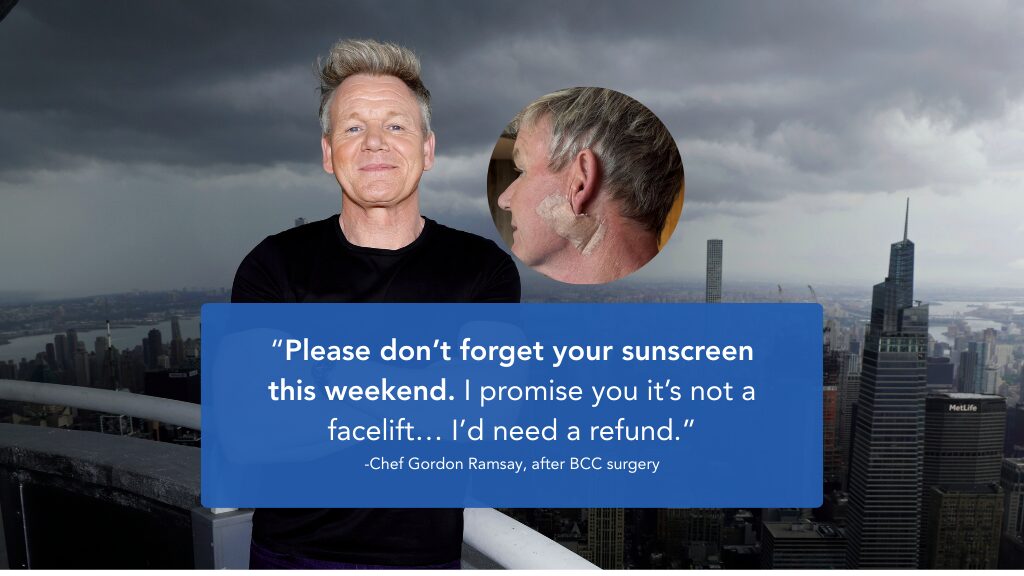Your Skin Type & Skin Cancer
Take the Quiz and Know Your Risk.
Your skin type is a major factor in your risk for skin cancer, including melanoma. And while it’s true that people with pale skin are more at risk for skin cancer, UV exposure can raise skin cancer risk even if you tan and don’t burn. That’s why it makes sense to know the skin you’re in.
What is skin type?
There are six types of skin, ranging from very light (type 1) to very dark (type 6), according to the scientific classification known as Fitzpatrick skin typing. Developed in 1975 by a physician named Thomas Fitzpatrick, MD, the system classifies skin type according to the amount of skin pigment you have and your skin’s reaction to sun exposure. Determining your Fitzpatrick skin type can help predict your overall risk for sun damage and skin cancer.
All skin types are at risk
No matter your skin type, UV radiation can cause dangerous, lasting damage to your skin. People with darker skin tones, even those who always tan or rarely burn, can still get skin cancer.
Did You Know? Musician Bob Marley died at age 36 from acral lentiginous melanoma (ALM). ALM is a serious, rare disease that is also the most common form of melanoma in people with darker skin tones.
Safeguard against skin cancer every day
Understanding your skin type is a vital step in safeguarding against skin cancer, but skin type is not your only risk factor. To avoid premature aging and skin damage that can progress to cancer, use broad-spectrum sunscreen every day and practice sun-safe habits. This includes seeking shade and wearing sun-protective clothing, hats and UV-blocking sunglasses.
Stay sun safe every day: Your Daily Sun Protection Guide.



